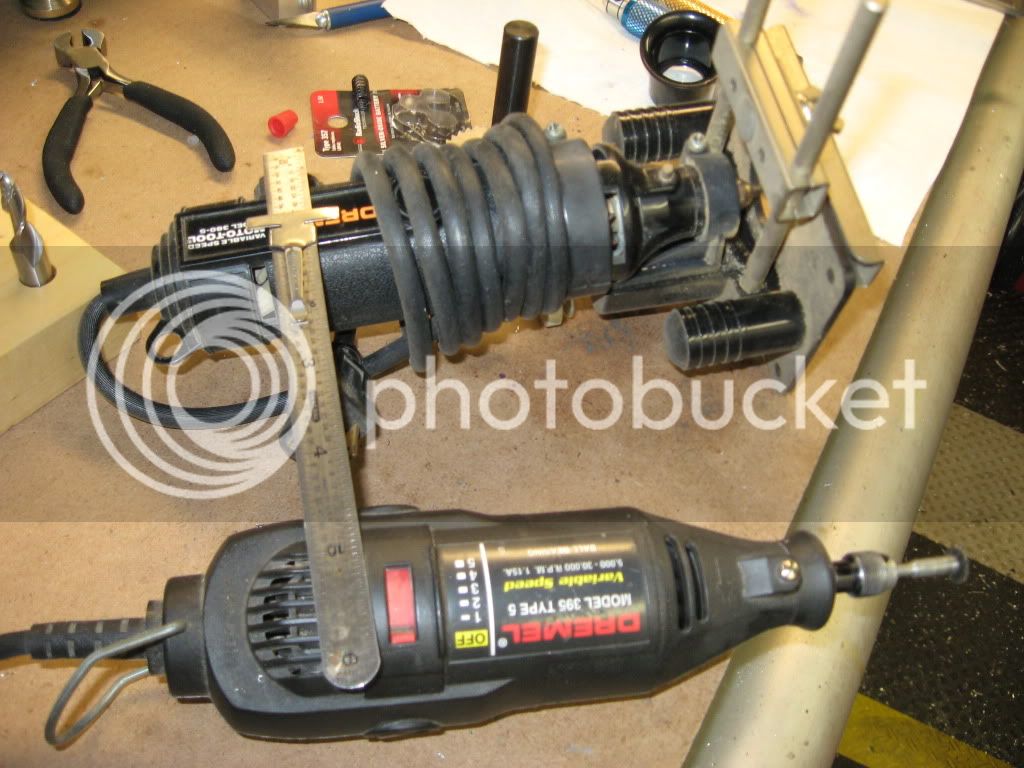mklotz
Well-Known Member
They make small tubing cutters that work like their big brothers. I believe I've seen them advertised in the MicroMark catalogue. A cutoff disk in a Dremel works well - especially if you build the Dremel cutoff table I described previously in this forum.
Copper or brass, anneal the tubing before attempting to bend it.
I hope you have more success with those spring things than I had. I rapidly came to the conclusion that there's really no substitute for a proper tubing bender. I've had good success with this little guy...
http://www.harborfreight.com/cpi/ctaf/displayitem.taf?Itemnumber=94571
Perhaps the DuBro pictured is similar.
Copper or brass, anneal the tubing before attempting to bend it.
I hope you have more success with those spring things than I had. I rapidly came to the conclusion that there's really no substitute for a proper tubing bender. I've had good success with this little guy...
http://www.harborfreight.com/cpi/ctaf/displayitem.taf?Itemnumber=94571
Perhaps the DuBro pictured is similar.












